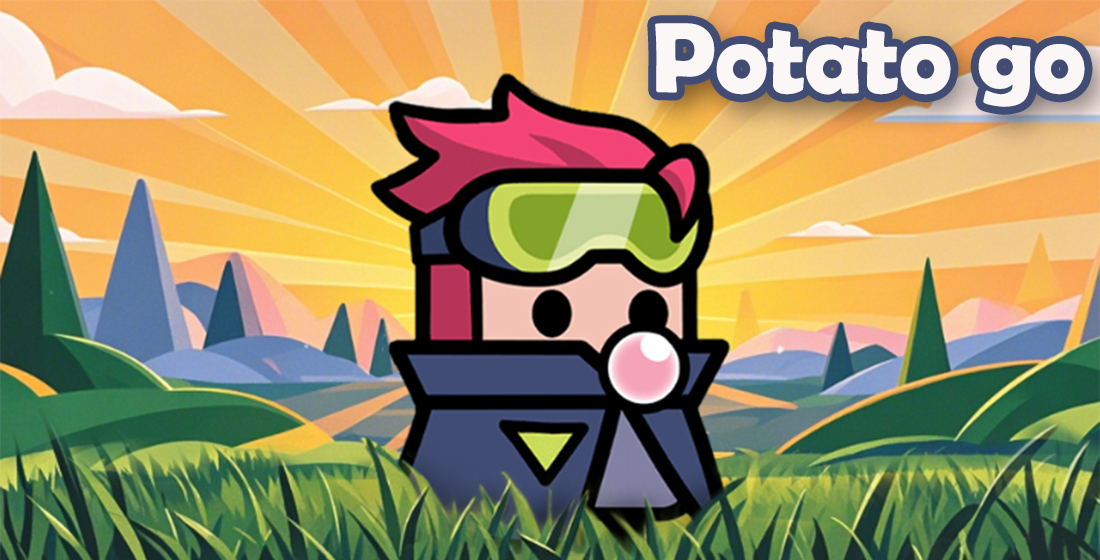Why Hyper Casual Games Are Taking Over the Gaming Industry: A Deep Dive
In recent years, the gaming landscape has witnessed a significant shift, with hyper casual games gaining unprecedented popularity. These games are characterized by their simplicity, accessibility, and addictive gameplay. But why are hyper casual games taking over the gaming industry? This article explores the factors driving their success and the implications for gamers and developers alike.
What Are Hyper Casual Games?
Hyper casual games are a subgenre of video games that are designed to be simple to play, easy to understand, and quick to access. They usually don't require extensive tutorials, allowing players to dive right in. Common features include:
- Minimalistic Design: Clean graphics and straightforward mechanics.
- Short Play Sessions: Games are often played for just a few minutes, fitting easily into a player's busy schedule.
- Free to Play: Users can access most hyper casual games without any upfront cost, supported primarily by ads.
The Appeal of Hyper Casual Games
The rise of hyper casual games can be attributed to several appealing aspects:
- Accessibility: Players can pick up these games without a learning curve, making them appealing to casual gamers.
- Instant Gratification: The quick reward systems keep players engaged, as they can achieve goals in just a few moments.
- Widespread Availability: Available on multiple platforms, including smartphones and tablets.
Impact on Traditional Gaming Models
Hyper casual games are shaking up traditional gaming models in several ways:
| Traditional Gaming | Hyper Casual Gaming |
|---|---|
| Requires significant time investment | Short, bite-sized gameplay |
| Often involves premium pricing | Primarily free-to-play |
| Deep storyline and character development | Simple mechanics, no plot needed |
The Role of Technology
Advancements in technology have played a crucial role in the rise of hyper casual games. Enhanced mobile devices and widespread internet access allow for dynamic gameplay experiences. Developers can leverage analytics to refine game mechanics and user engagement strategies effectively. The accessibility of game development tools has also enabled smaller studios to create and launch their games quickly.
Examples of Popular Hyper Casual Games
Several titles have captured the hearts of players and exemplified the hyper casual gaming trend. Among the most notable are:
- Helix Jump: A simple but addictive game requiring players to navigate through a helix tower.
- Flappy Bird: The game that took the world by storm, challenging players to tap their way through obstacles.
- Crossy Road: A modern twist on the classic frogger-style game with a quirky graphics style.
Challenges and Criticisms
While hyper casual games are booming, they also face challenges:
- Sustainability: The market is becoming oversaturated, leading to competition and potential burnout.
- Monetization Issues: Reliance on ad revenues can be inconsistent and may not always lead to profitability.
Future Trends in Hyper Casual Gaming
The future of hyper casual gaming holds exciting prospects. Increased player engagement, new technologies, and evolving monetization strategies will likely shape the landscape. Future trends might include:
- Augmented Reality Integration: Enhancements in AR could introduce more immersive experiences.
- Cross-Platform Play: Allowing players to enjoy games across different devices seamlessly.
Conclusion
Hyper casual games have revolutionized the gaming industry by catering to a wide audience and offering a quick, engaging experience. Their success can be attributed to their accessibility, instant gratification, and technological advancements. However, the challenges they face imply that developers must innovate continuously to maintain the interest of players. As the industry evolves, hyper casual games will likely remain a staple, ushering in a new era of gaming.



